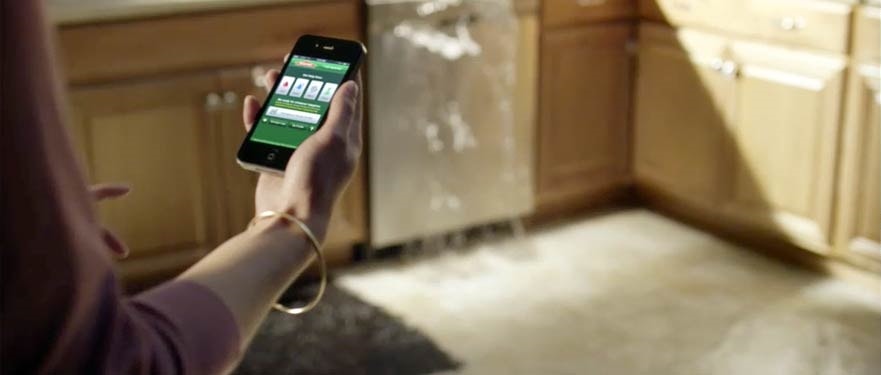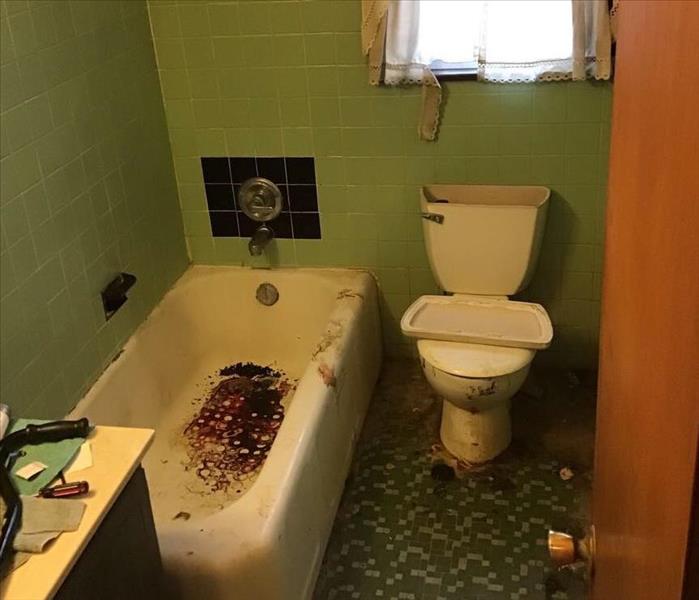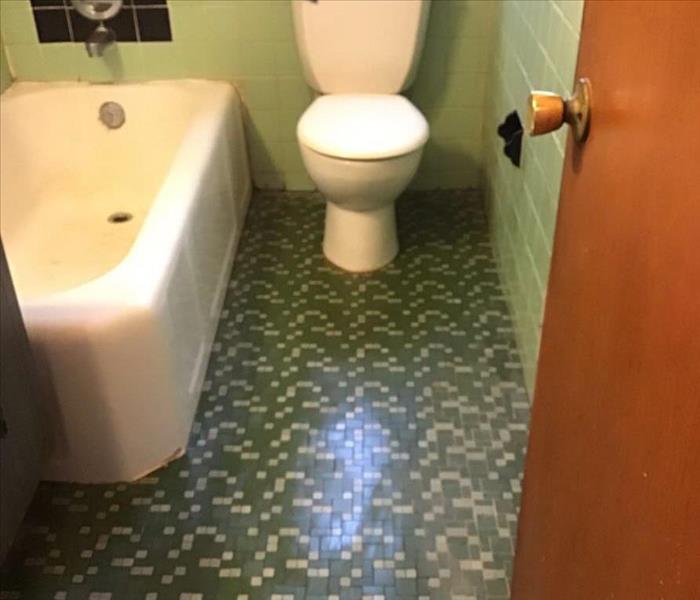
Water Damage Emergency Tips
What you can do until help arrives
Water Tips | Fire Tips | Biohazard Tips | Mold Tips
Before you can clean and restore your home, you first have to get rid of the mess. Depending on the extent of the damage, sometimes your smartest move is to call a professional right away. Your first priority needs to be making sure you and your family are safe.
When water damage occurs, molds and bacteria flourish and grow and can be very dangerous. Anyone working on cleaning-up water damage ought to wear protective clothing such as masks, gloves, and safe footwear. Electrical hazards and the potential to slip and fall are the other major safety concerns – only perform those clean-up activities you know to be safe. Make sure wet materials are removed as soon as possible. Call SERVPRO of Hackensack/Little Ferry to make sure your restoration is done the right way, professionally and completely.
Have A Water Damage Emergency? Call (201) 742-5920
What To Do After Flooding
- Remove excess water by mopping and blotting.
- Wipe excess water from wood furniture after removal of lamps and tabletop items.
- Remove and prop wet upholstery and cushions.
- Place aluminum foil or wood blocks between furniture legs and wet carpeting.
- Turn air conditioning on for maximum drying in summer.
- Remove colored rugs from wet carpeting.
- Remove art objects to a safe, dry place.
- Gather loose items from floors.
What NOT To Do After Flooding
- Don't leave wet fabrics in place. Hang furs and leather goods.
- Don't leave books, magazines or other colored items on wet carpet or floors.
- Don't use your household vacuum to remove water.
- Don't use television or other household appliances.
- Don't turn on ceiling fixtures if ceiling is wet, and keep out of rooms where ceilings are sagging.





 24/7 Emergency Service
24/7 Emergency Service




